HomeComparisonAMOLED vs MIP: Which Display Technology is Better?
Lets explore these technologies in detail and compare their strengths and weaknesses.
Also See:WatchOS vs Wear OS vs Tizen OS: Whats the difference?
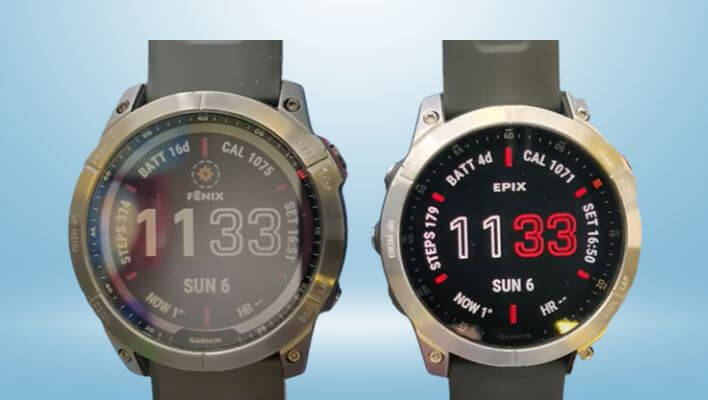
AMOLED vs MIP
AMOLED Screens
AMOLED displays are a jot down of OLED (Organic Light Emitting Diode) display.
Each pixel in an AMOLED screen is composed of organic compounds that emit light when powered by electricity.
However, this impressive visual experience often comes at the expense of increased power consumption.
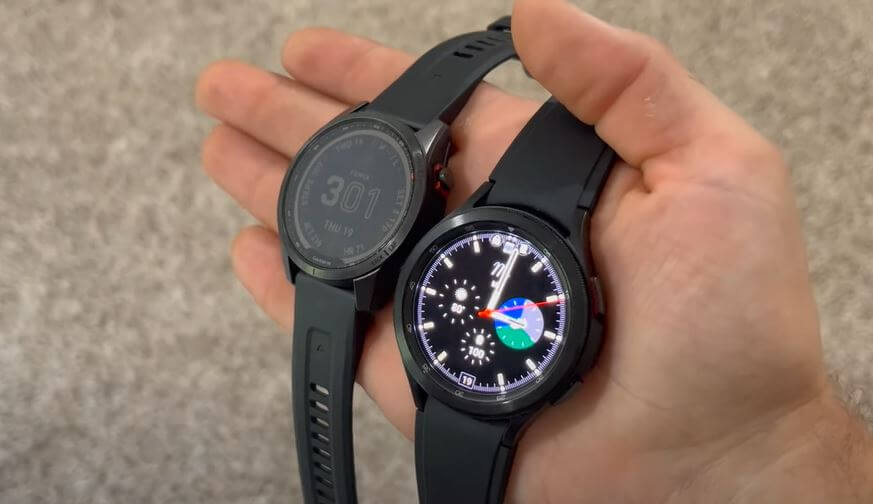
AMOLED vs MIP
These screens rely on ambient light for visibility and are highly power-efficient.
MIP screens are easily readable in direct sunlight, making them suitable for outdoor use.
They can display information continuously without significantly draining the battery, hence their common reference as always-on displays.

While they perform well in direct sunlight, MIP screens may struggle in low-light environments.
Low-light performance
AMOLED screens perform well in low-light conditions, offering a brighter and more colorful display.
Pricey
AMOLED displays are generally more expensive to produce compared to other screen types.
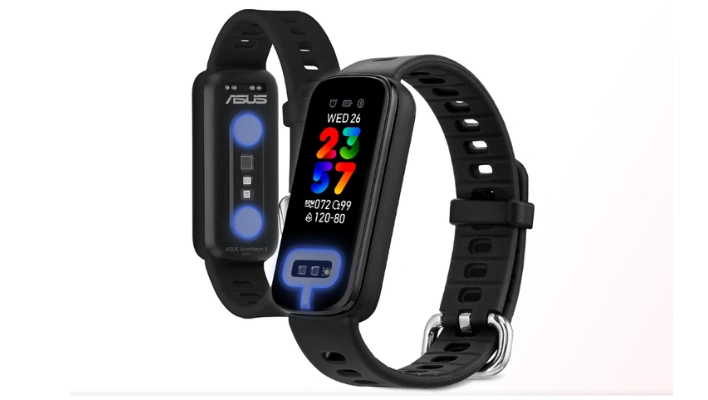
MIP Advantages
Power efficiency
One of the key advantages of MIP displays is their exceptional power efficiency.
MIP screens consume significantly less power compared to technologies like AMOLED.
They rely on ambient light for visibility and do not require a backlight to illuminate the pixels.
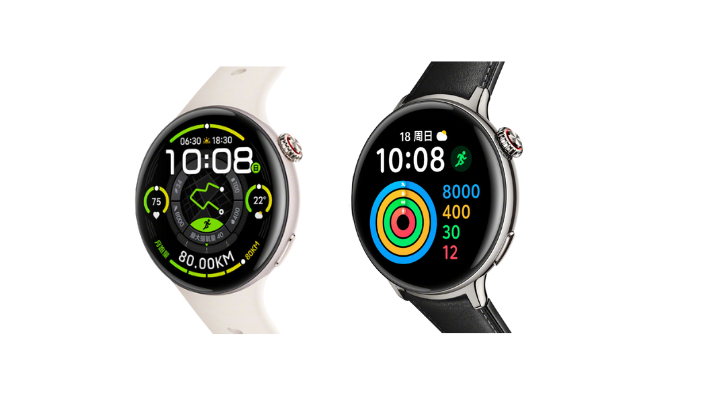
This power-saving characteristic is particularly beneficial for devices like smartwatches, where battery life is crucial.
Visibility in direct sunlight
MIP displays excel in outdoor environments and direct sunlight.
Cost-effective
Compared to certain high-end display technologies like AMOLED, MIP screens are generally more cost-effective.
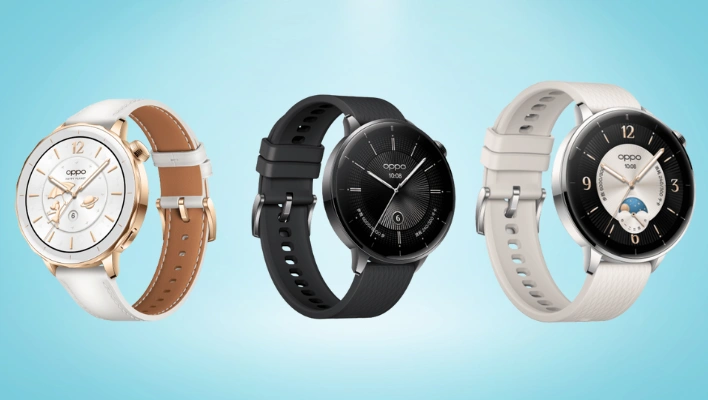
Durability
MIP displays tend to be more durable and resistant to damage compared to technologies like AMOLED.
Extended lifespan
MIP displays generally have a longer lifespan compared to some other display technologies.
This limitation can be particularly noticeable when viewing images, videos, or colorful graphics on the screen.
This can make it challenging to read the screen or view information clearly in darker tweaks.
Creating intricate and vibrant watch faces or detailed images on MIP screens may be more challenging.
This phenomenon can be more noticeable when switching between screens or displaying rapidly changing content.
Limited viewing angles
MIP displays may have narrower viewing angles compared to some other display technologies.
When viewing the screen from extreme angles, the visibility and clarity of the content can diminish.
AMOLED vs MIP: Which Should You Choose?
The choice between AMOLED and MIP displays is crucial when choosing a smartwatch or other unit.
They are particularly suitable for multimedia consumption, gaming, and activities that require excellent visibility in low-light environments.
They excel in direct sunlight, making them ideal for outdoor sports and activities.
Furthermore, MIP screens are more energy-efficient, which results in longer battery life for your unit.